Asia – a continent filled with breathtaking landscapes, diverse cultures, and distinctive flavors. For many travelers, it’s a paradise ideal for exploration, a feast for the senses, and a playground ripe with culinary adventures. Why not embark on a culinary journey that tantalizes your taste buds in ways you’ve never imagined – with exotic Asian fruits you absolutely must try at least once in your lifetime.
Picture this: You’re strolling through vibrant markets; tasting, trying, smelling, and seeing foods that defy the ordinary. From the spiky skin of the durian to the vivid hues of the dragon fruit – all Asian tropical fruits are masterpieces, just waiting for you to take that first, delicious bite.
In this blog post, we’ll unveil the magic of 30 exotic Asian fruits, ensuring you’re well-prepared to explore, enjoy, and experience what they offer.
30 Exotic Asian Fruits You Must Try At Least Once
With such an incredible abundance of Asian tropical fruits to tantalize your senses, there’s no doubt that exploring Asia is an adventure for your taste buds. Here are 30 must-try Asian fruits along with some information on how they look and taste, as well as how to enjoy them:
Mangosteen
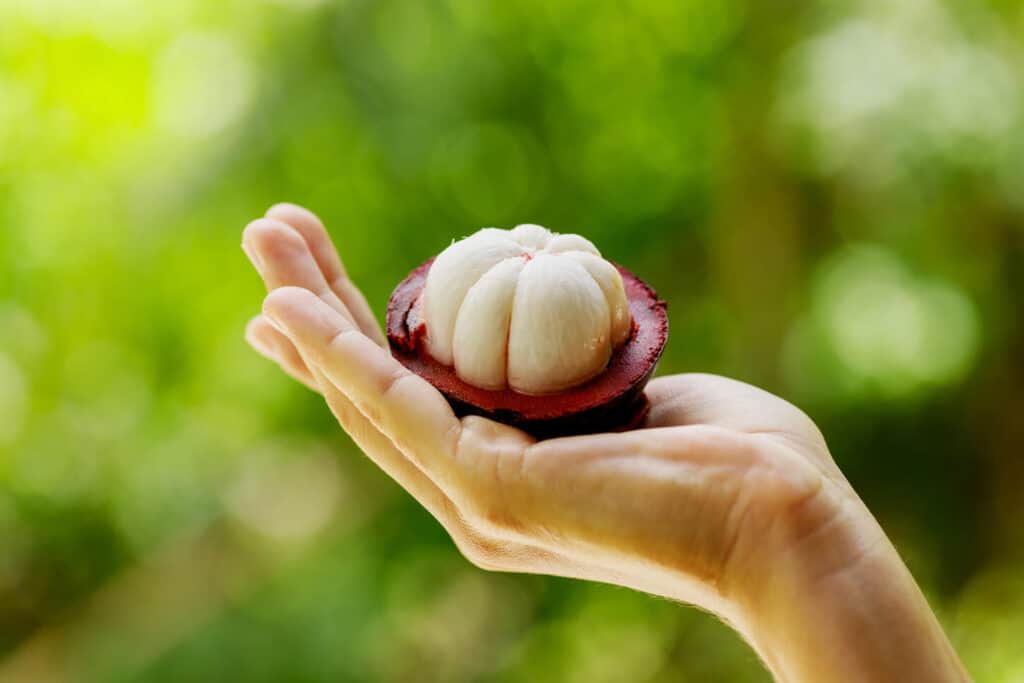
- Native to: Southeast Asia
- Appearance: Small, round, purple or reddish rind with juicy, white segments.
- Taste: Sweet and tangy, often described as the “queen of fruits.”
- How to Eat: Simply peel the outer skin and enjoy the fruit wedges raw.
Lychee

- Native to: South China
- Appearance: Small, round, pinkish-red or yellow skin with translucent, juicy flesh.
- Taste: Sweet and floral with a hint of tartness.
- How to Eat: Peel the lychee skin, remove the seed, and enjoy the sweet flesh.
Longan
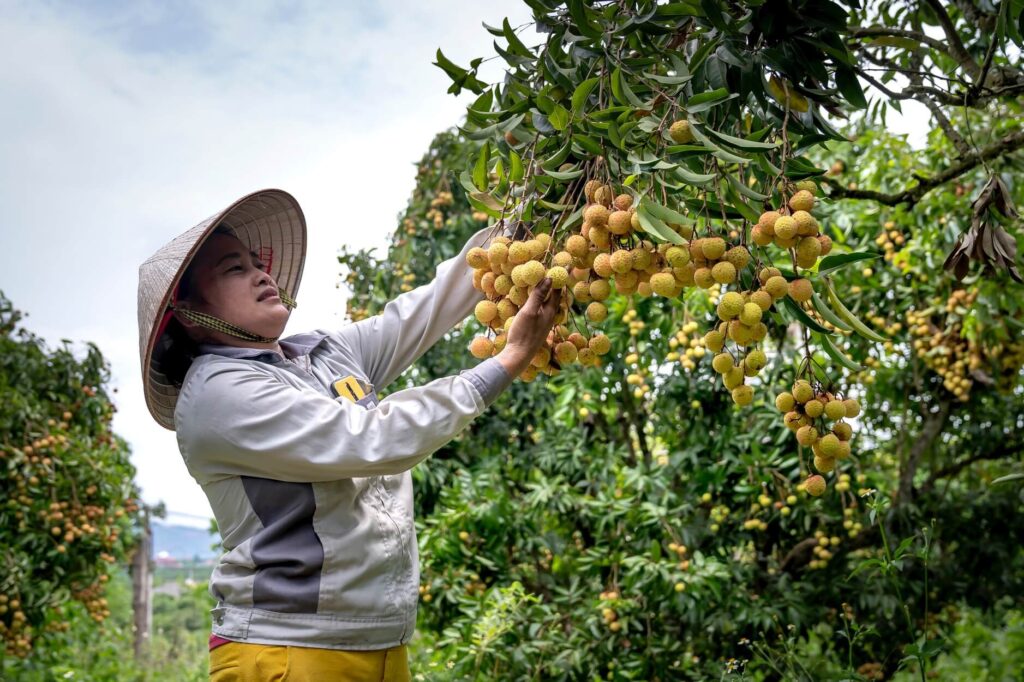
- Native to: Southeast Asia
- Appearance: Small, brown, translucent fruit with a single, shiny black seed.
- Taste: Sweet and juicy, resembling lychee.
- How to Eat: Just peel it and eat the fleshy segments.
Rambutan
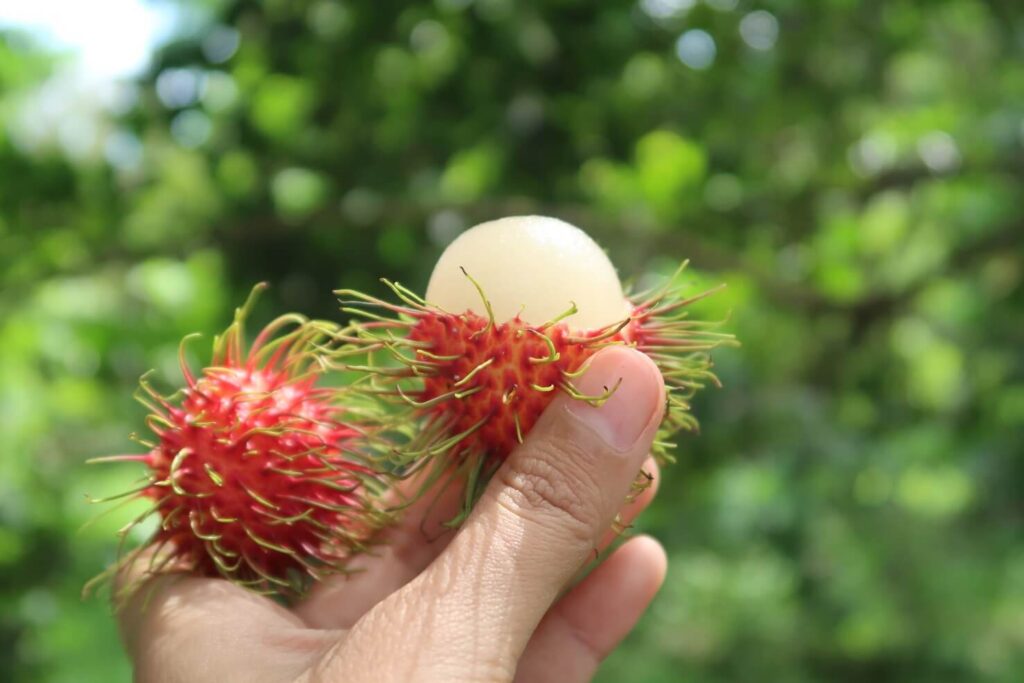
- Native to: Southeast Asia
- Appearance: Round, red or yellow skin with soft, translucent flesh.
- Taste: Sweet and slightly acidic.
- How to Eat: Peel off the spiky skin and enjoy the sweet flesh, discarding the seed inside.
Dragon Fruit
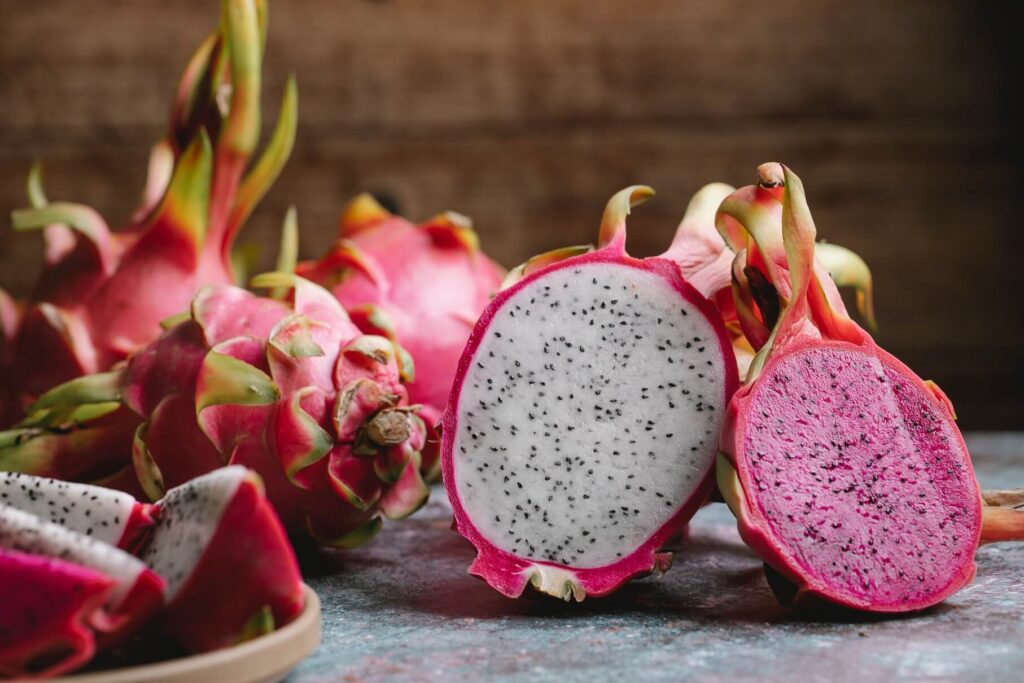
- Native to: South America, but popular in Asia
- Appearance: Vibrant pink or white flesh speckled with tiny black seeds.
- Taste: Mild and slightly sweet, similar to kiwi.
- How to Eat: Cut the dragon fruit in half and scoop out the flesh with a spoon.
Pomelo
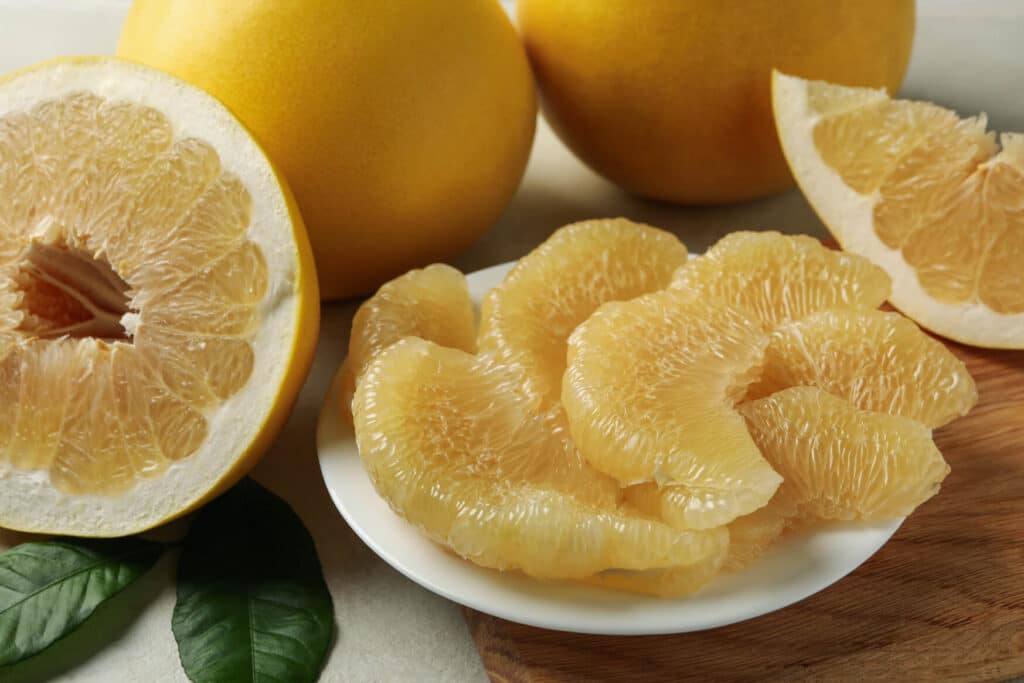
- Native to: Southeast Asia
- Appearance: Large, green or yellow fruit with thick rind and sweet, pink, or white flesh.
- Taste: Mildly sweet with a hint of citrus.
- How to Eat: Peel, remove membranes, and enjoy the segments inside.
Soursop
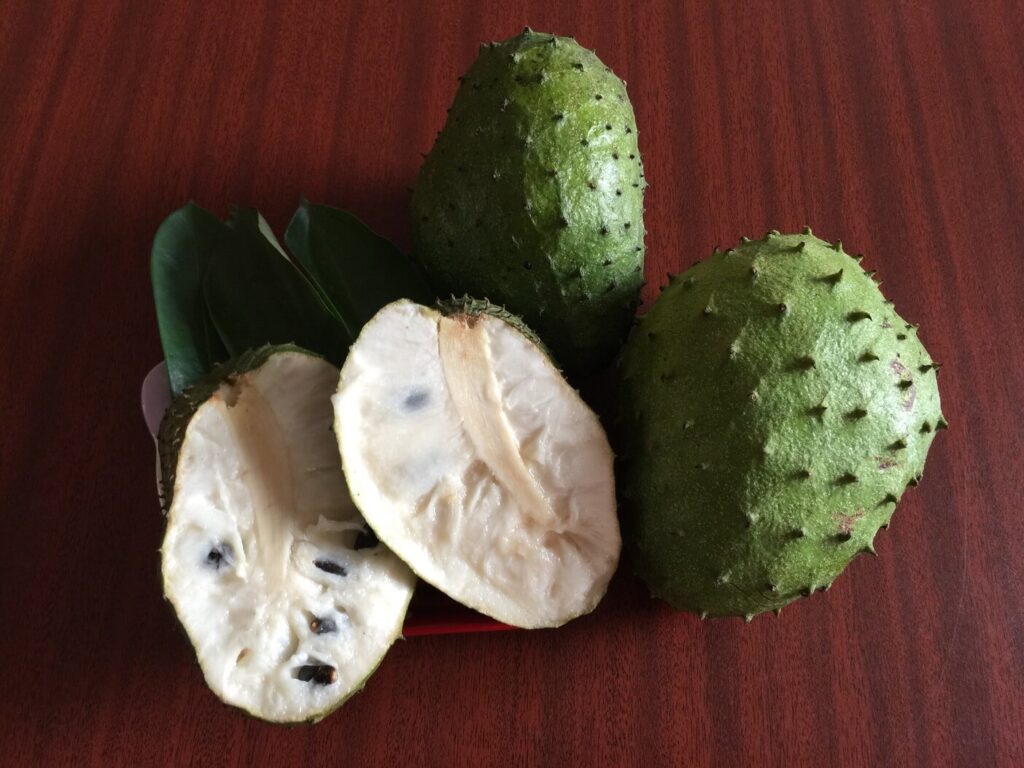
- Native to: Tropical Americas, but grown in Asia
- Appearance: Prickly green skin with soft, white, and fibrous flesh.
- Taste: Sweet and tangy, with hints of pineapple and strawberry.
- How to Eat: Just scoop out the flesh and discard the seeds.
Jackfruit
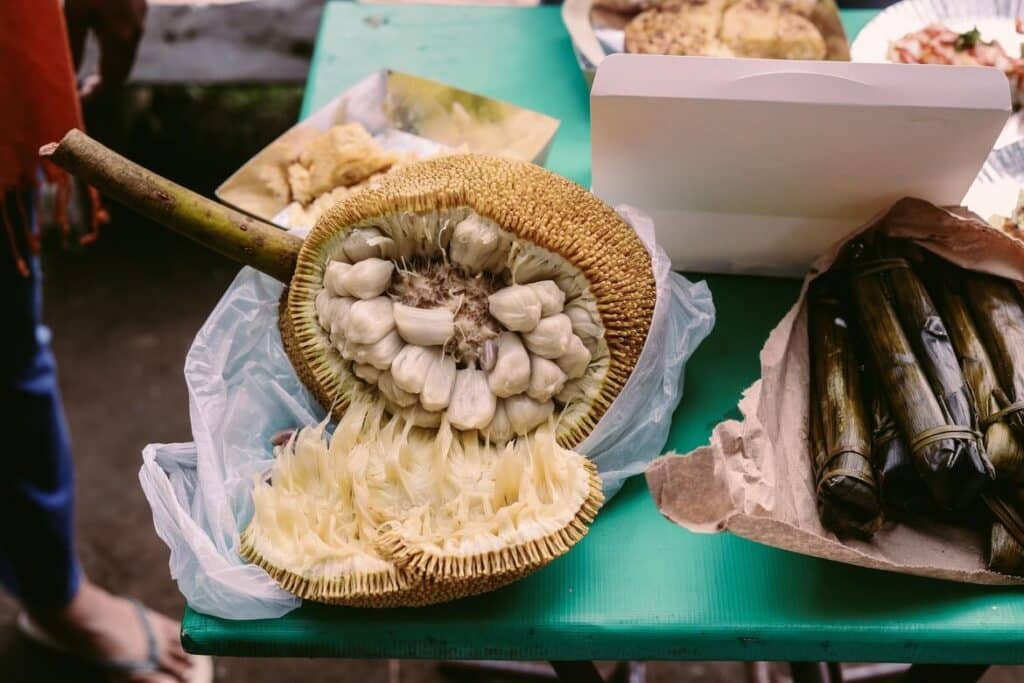
- Native to: South Asia
- Appearance: Large, green fruit with yellow, fleshy pods inside.
- Taste: Sweet and tropical, like a blend of mango and banana.
- How to Eat: Separate the pods and remove the seeds, then enjoy the flesh.
Tamarind
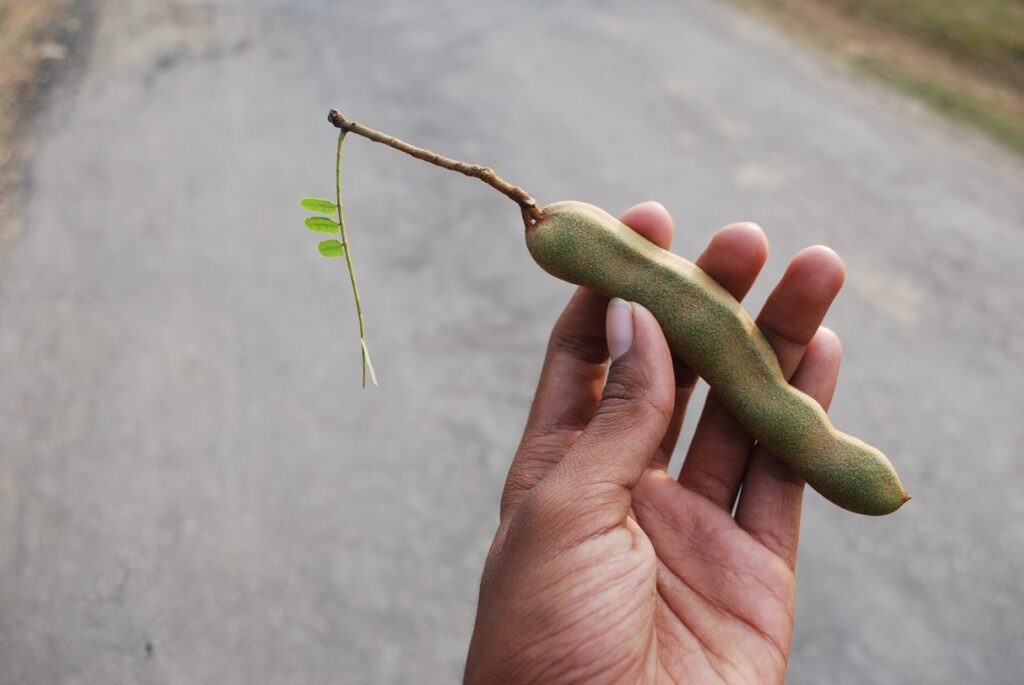
- Native to: Africa but widely used in Asian cuisine
- Appearance: Brown, pod-like fruit with a sticky pulp inside.
- Taste: Sweet and tangy, often used in sauces and candies.
- How to Eat: Extract the pulp and use it in recipes or candies.
Chayote
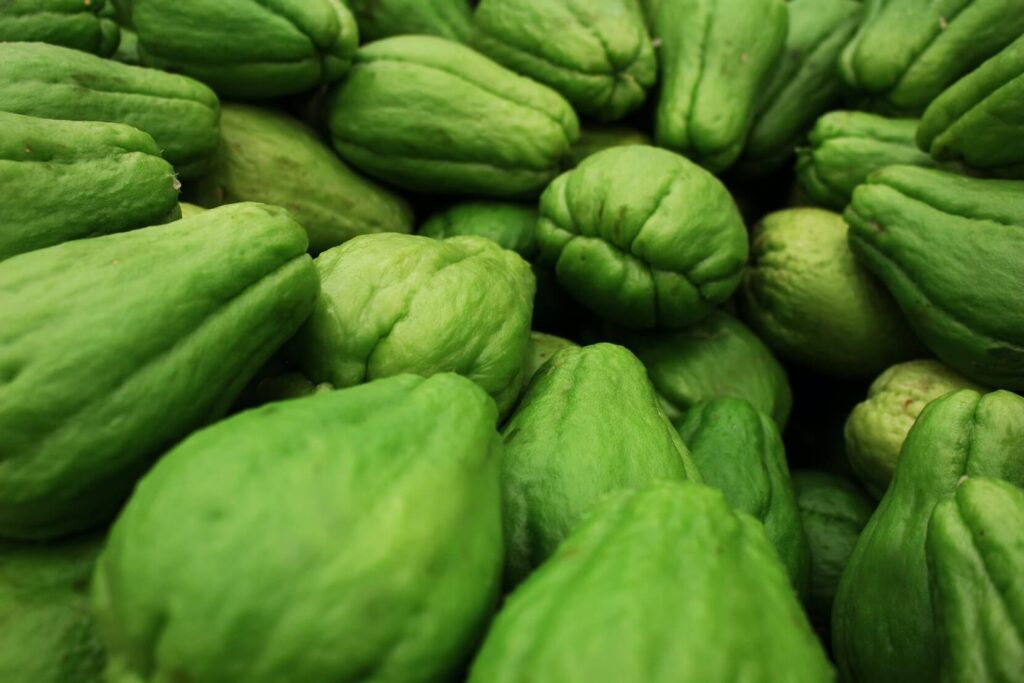
- Native to: Mexico, but cultivated in Asia
- Appearance: Green, wrinkled fruit shaped like a pear.
- Taste: Mild and crisp, often used in salads and stir-fries.
- How to Eat: Peel, slice, and cook into various dishes.
Mango
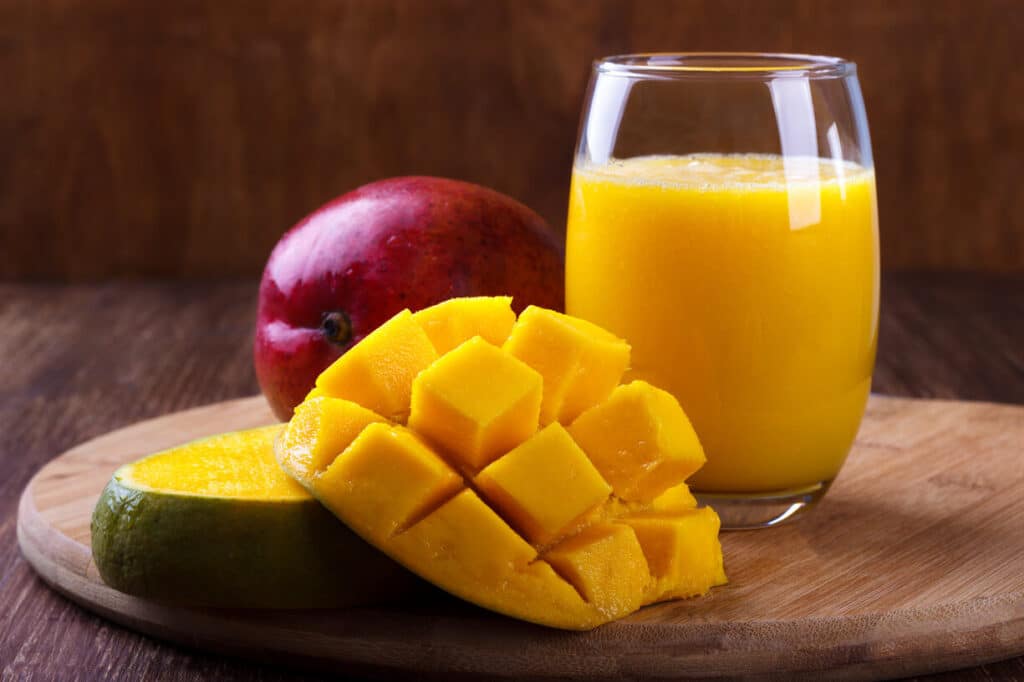
- Native to: South Asia
- Appearance: Oval, with green skin that turns orange when ripe, encasing juicy, orange flesh.
- Taste: Sweet, tropical, and slightly tangy.
- How to Eat: Slice the flesh away from the large seed and enjoy.
Papaya
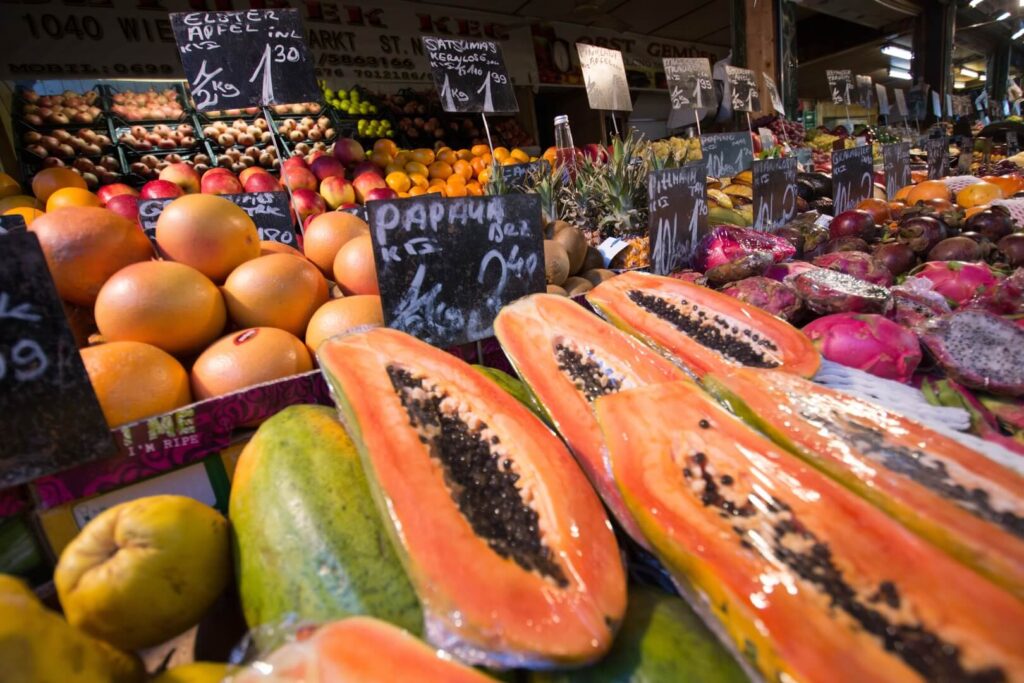
- Native to: Central America, but cultivated in Asia
- Appearance: Large, orange fruit with sweet, orange flesh and black seeds.
- Taste: Sweet and mildly tropical.
- How to Eat: Cut, scoop out seeds, and enjoy the flesh.
Sapodilla
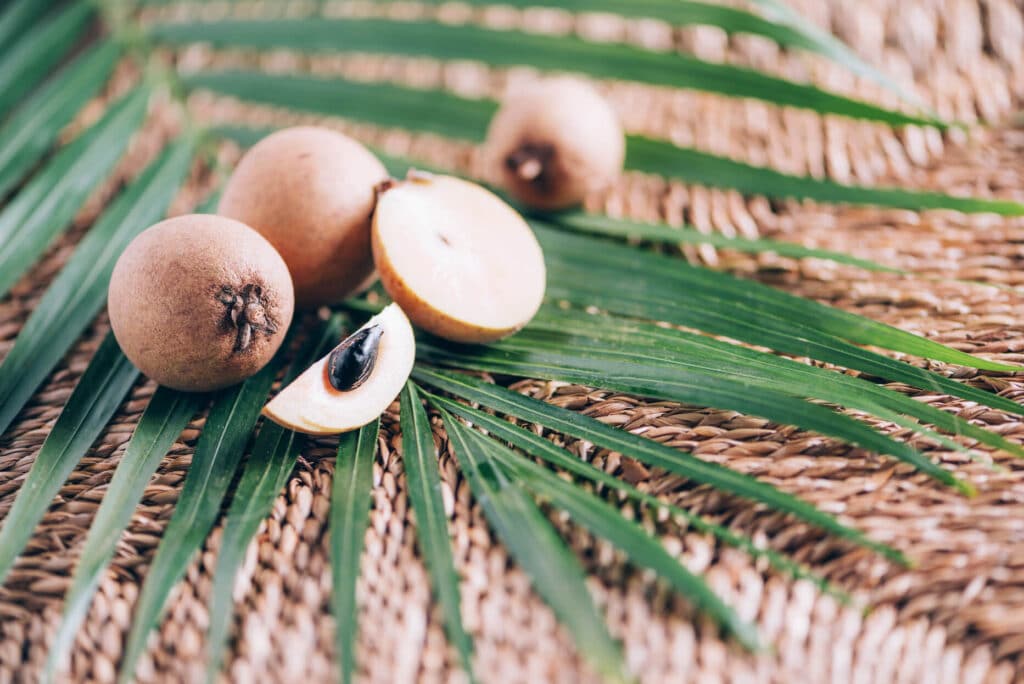
- Native to: Mexico and Central America, but grown in Asia
- Appearance: Brown, grainy skin with sweet, grainy, and gritty flesh.
- Taste: Sweet with a hint of pear and brown sugar.
- How to Eat: Cut in half and scoop out the flesh.
Mamey Sapote
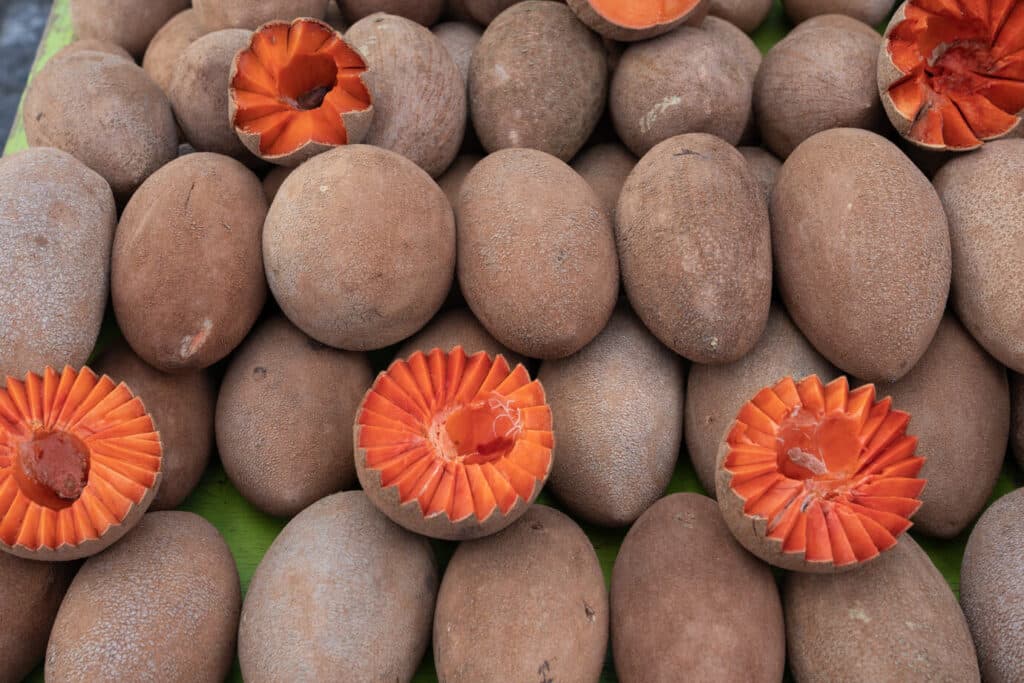
- Native to: Central America, but cultivated in Asia
- Appearance: Brown, rough skin with sweet, salmon-colored flesh.
- Taste: Sweet, creamy, and reminiscent of sweet potato and pumpkin.
- How to Eat: Cut in half, remove the large seed, and enjoy the flesh.
Guava
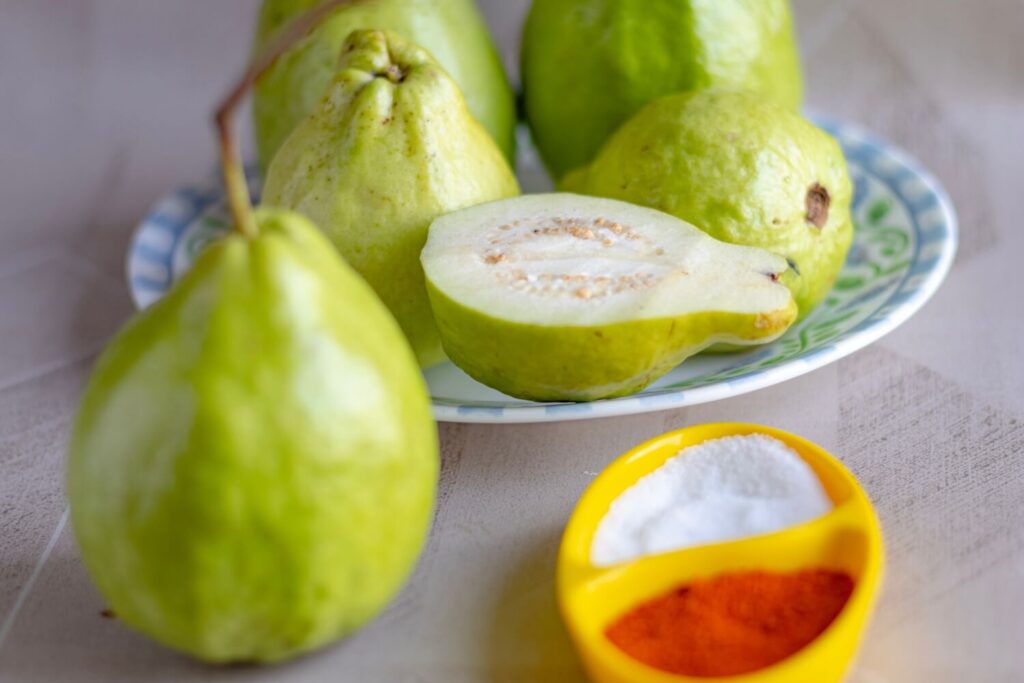
- Native to: Central America and the Caribbean, but grown in Asia
- Appearance: Round or pear-shaped, with green or pink skin and sweet, pink flesh.
- Taste: Sweet and slightly tart, with a unique flavor.
- How to Eat: Slice and eat the flesh, avoiding the seeds.
Custard Apple
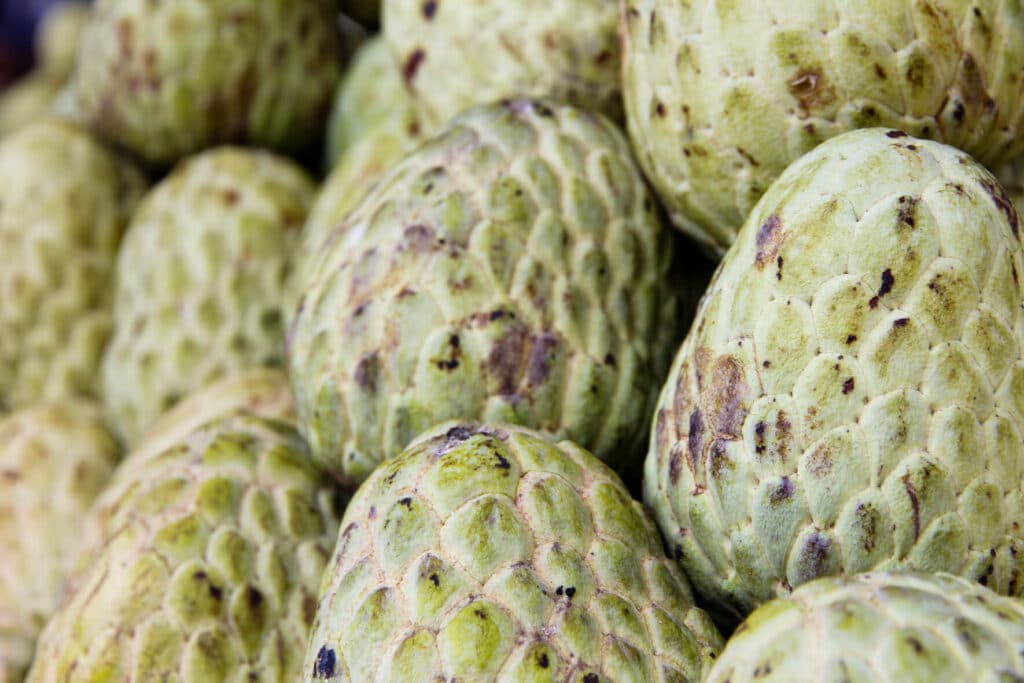
- Native to: South America, but cultivated in Asia
- Appearance: Green, knobby skin with sweet, creamy, white flesh.
- Taste: Sweet and reminiscent of vanilla or custard.
- How to Eat: Scoop out the flesh and discard the seeds.
Tropical Guava
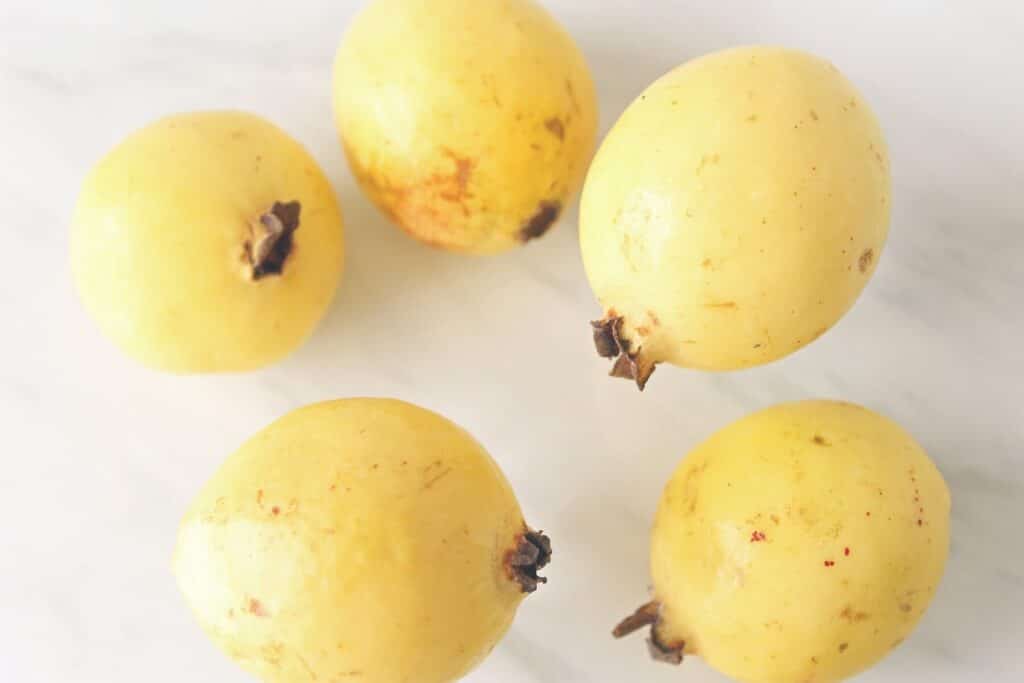
- Native to: Tropical America and the Caribbean, but grown in Asia
- Appearance: Smaller than common guava, with green or yellow skin and sweet, pink or white flesh.
- Taste: Sweet, fragrant, and aromatic.
- How to Eat: Slice and eat the flesh, avoiding the seeds.
Persimmon
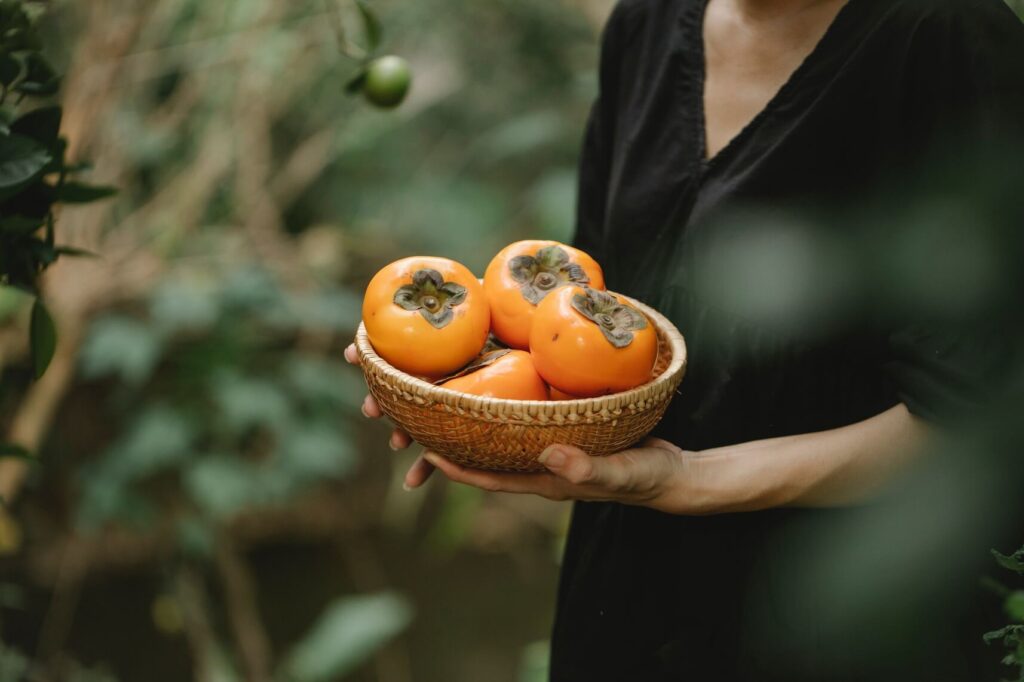
- Native to: China
- Appearance: Orange, tomato-like fruit with sweet, crisp, and juicy flesh.
- Taste: Sweet and honey-like.
- How to Eat: Slice and enjoy the flesh, typically when fully ripe.
Mandarin Orange
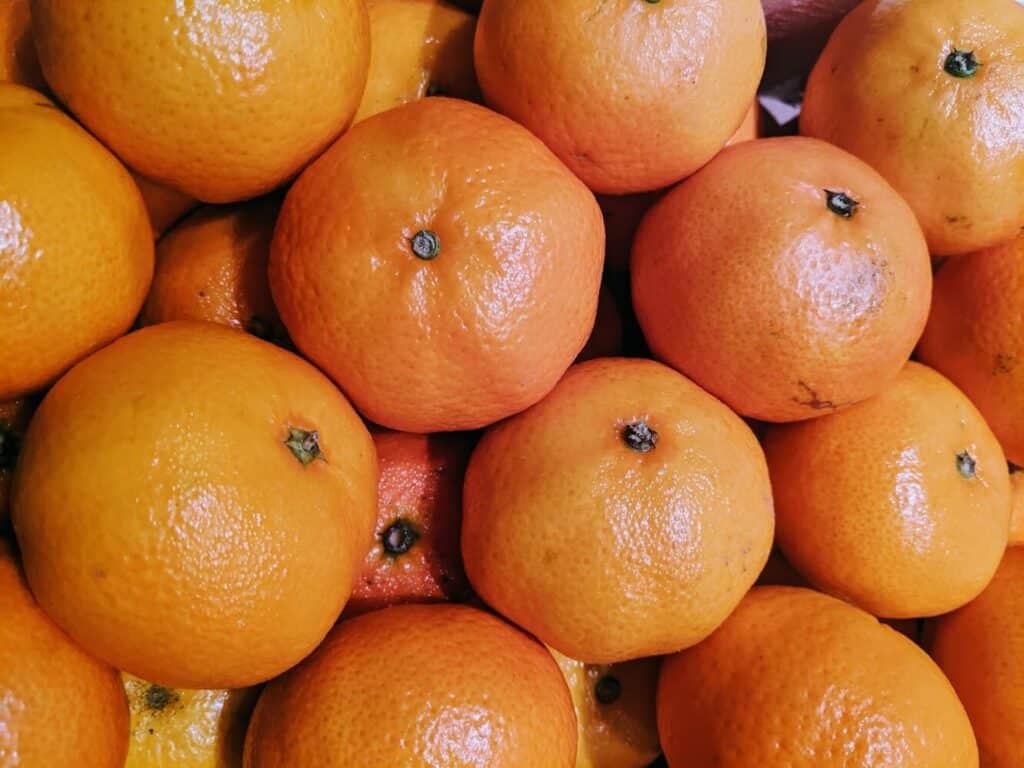
- Native to: China
- Appearance: Small, round, and orange with easily separable segments.
- Taste: Sweet and citrusy.
- How to Eat: Peel and enjoy the segments.
Rambeh
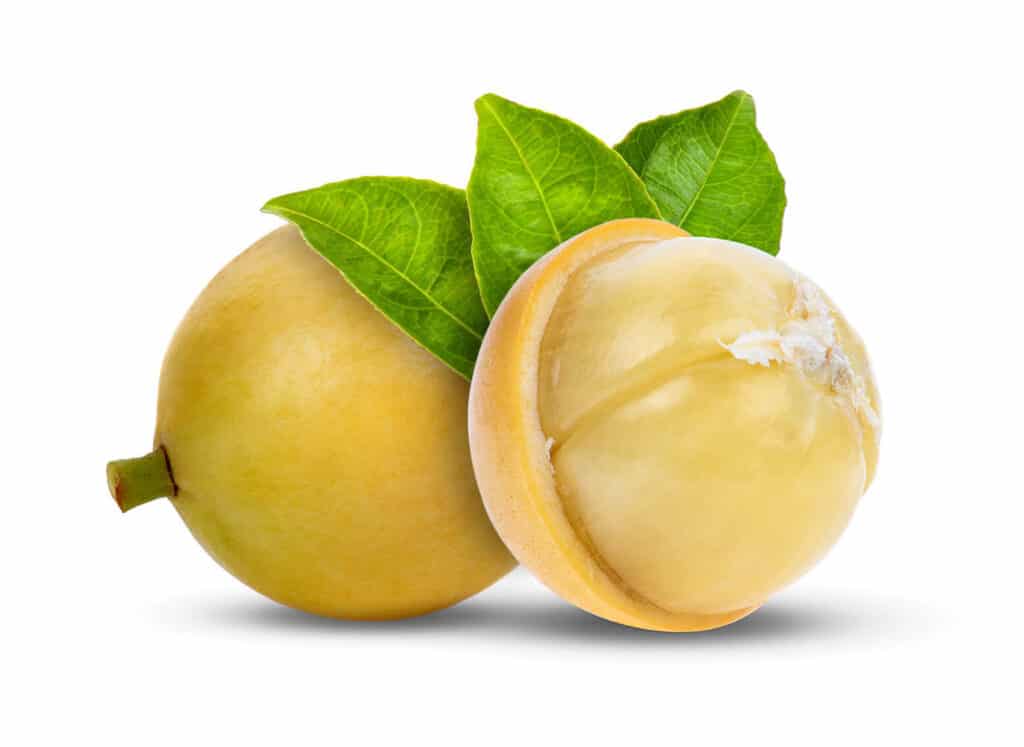
- Native to: Southeast Asia
- Appearance: Small, round fruit with fuzzy skin and sweet, juicy flesh.
- Taste: Sweet and somewhat similar to lychee.
- How to Eat: Peel and eat the flesh.
Kiwifruit
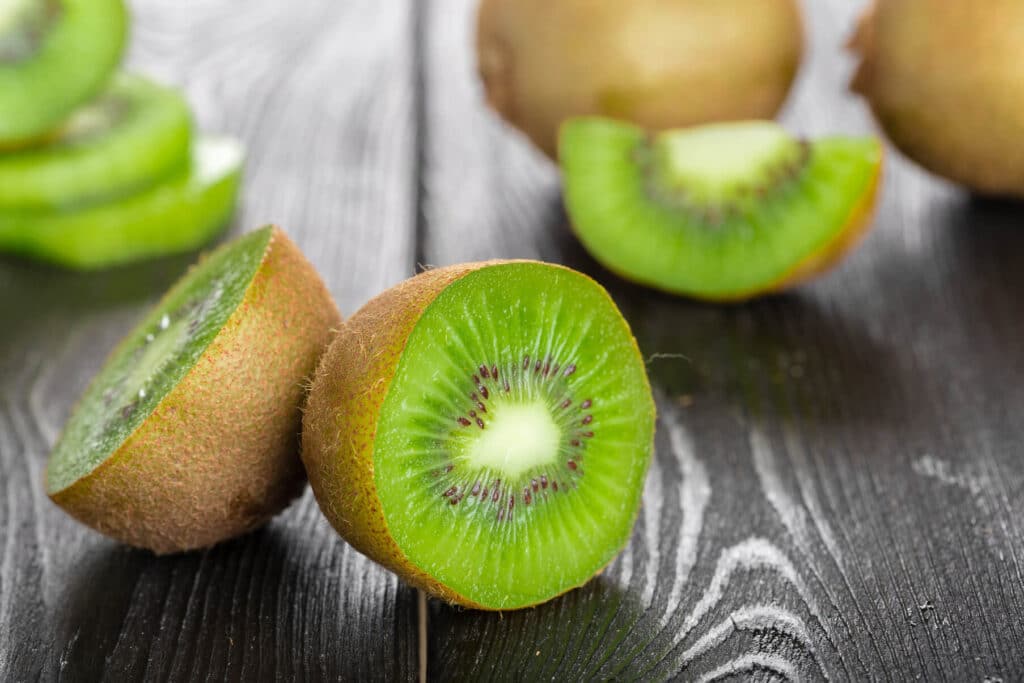
- Native to: China
- Appearance: Small, green fruit with tiny black seeds and emerald green flesh.
- Taste: Sweet and tangy, similar to strawberries.
- How to Eat: Slice and scoop out the flesh.
Jujube
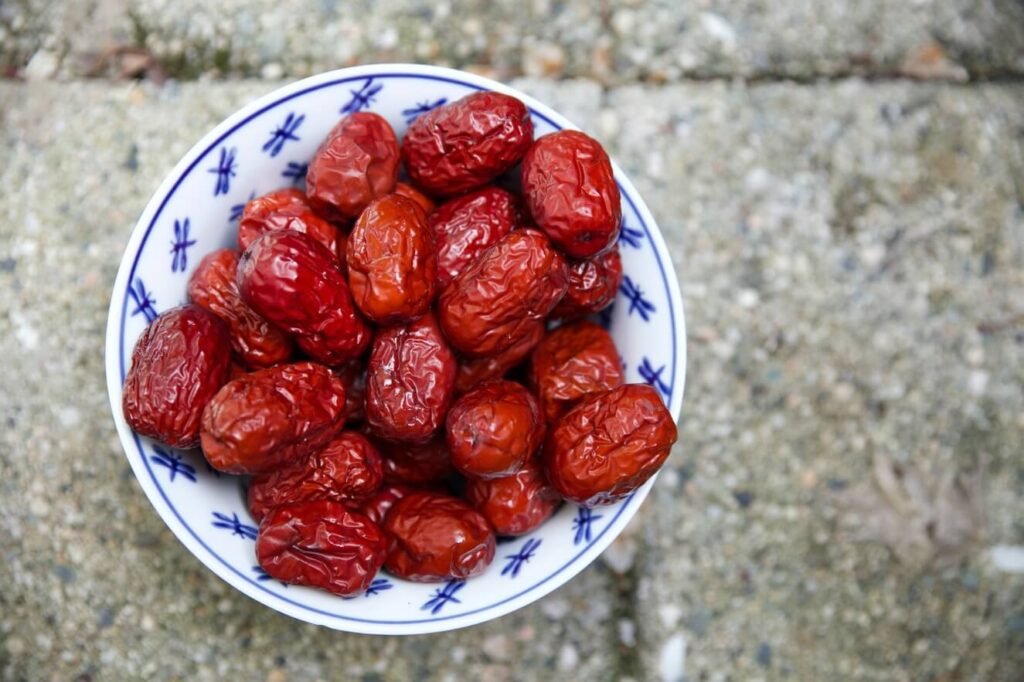
- Native to: China
- Appearance: Small, red or brown fruit with a wrinkled skin and sweet, crisp flesh.
- Taste: Sweet, often likened to apples or dates.
- How to Eat: Enjoy fresh or dried.
Salak
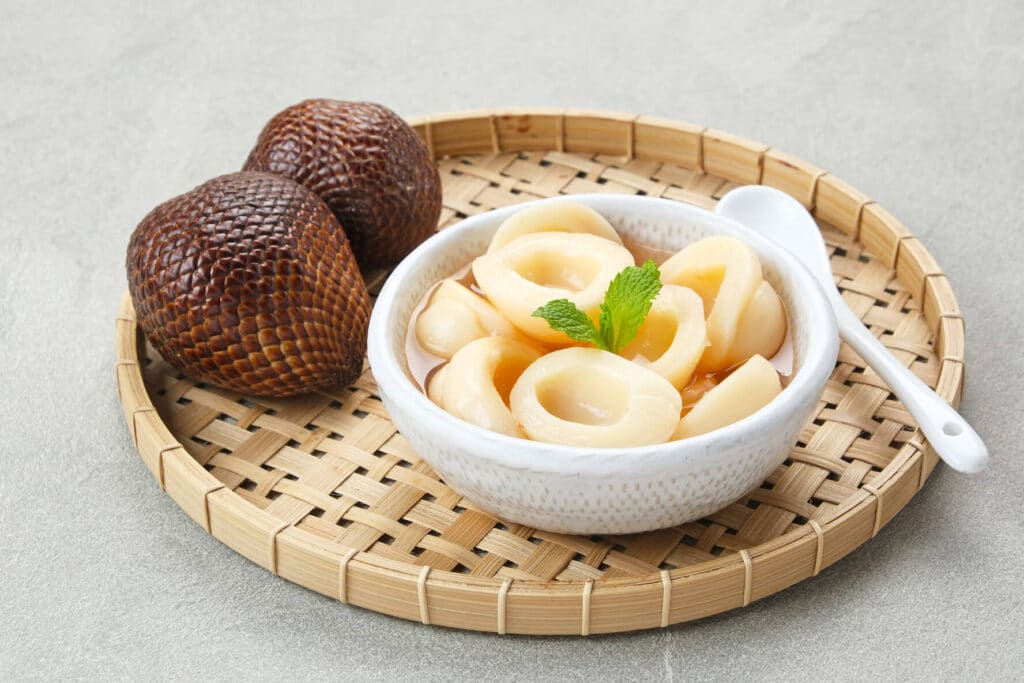
- Native to: Indonesia
- Appearance: Small, reddish-brown fruit with snake-like scales and sweet, tangy flesh.
- Taste: Sweet and acidic, similar to apples.
- How to Eat: Peel away the skin and eat the flesh.
Tambis
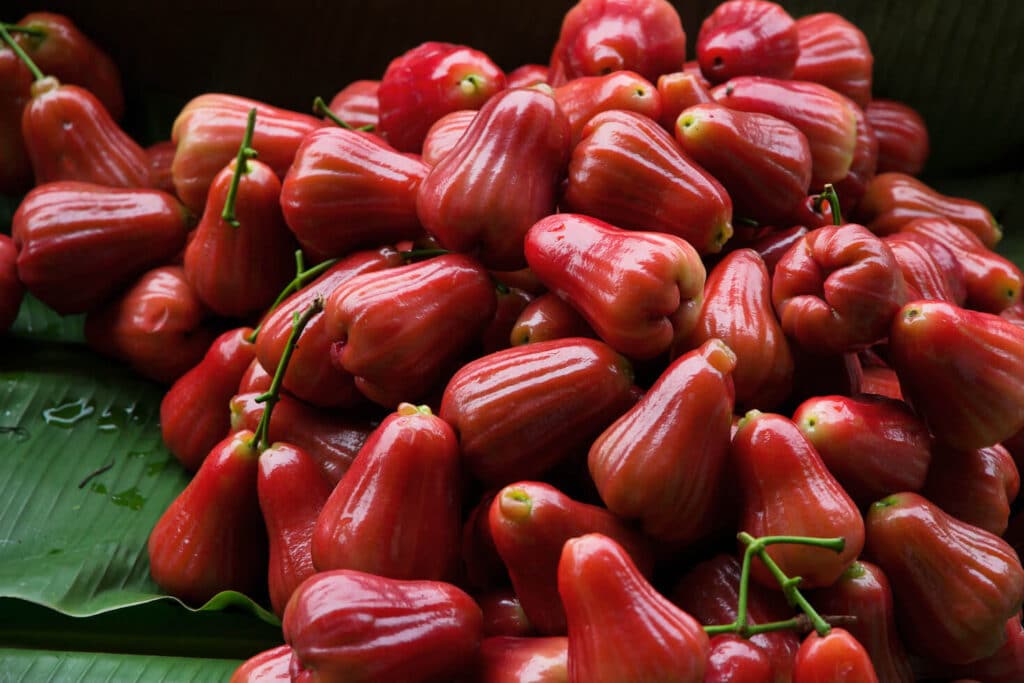
- Native to: Southeast Asia
- Appearance: Round, reddish fruit with sweet and slightly tangy, watery flesh.
- Taste: Sweet and mildly refreshing.
- How to Eat: Slice and eat the flesh, avoiding the seeds.
Cempedak
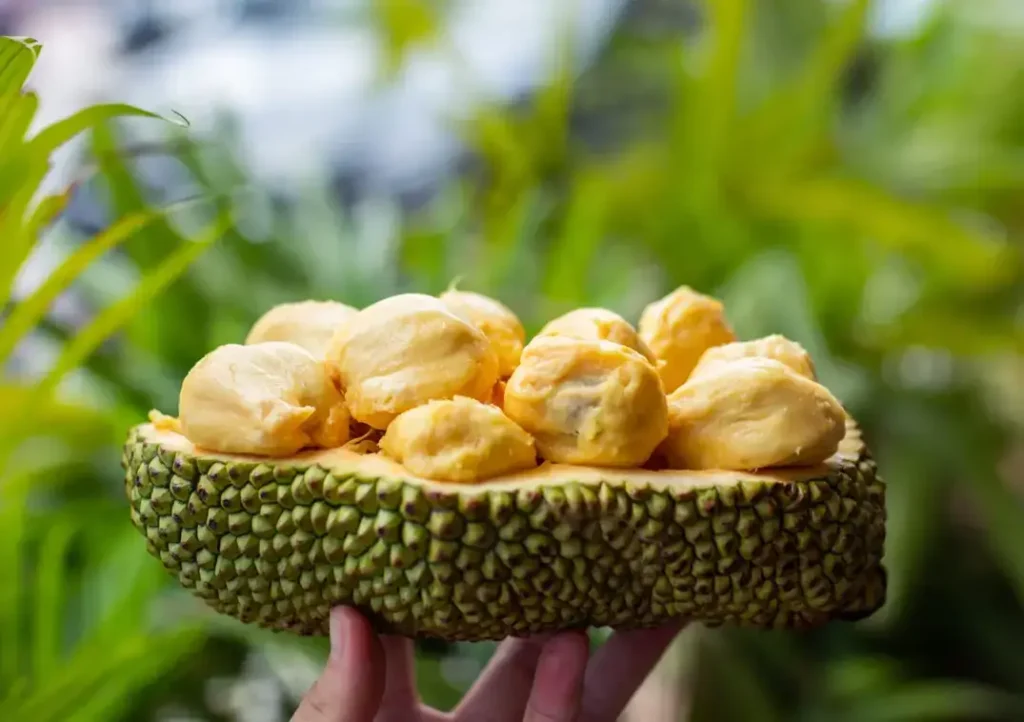
- Native to: Southeast Asia
- Appearance: Large, green, and spiky fruit with sweet, fragrant, and fleshy pods.
- Taste: Sweet and tropical, similar to jackfruit.
- How to Eat: Remove the pods, discard the seeds, and enjoy the flesh.
Rambai
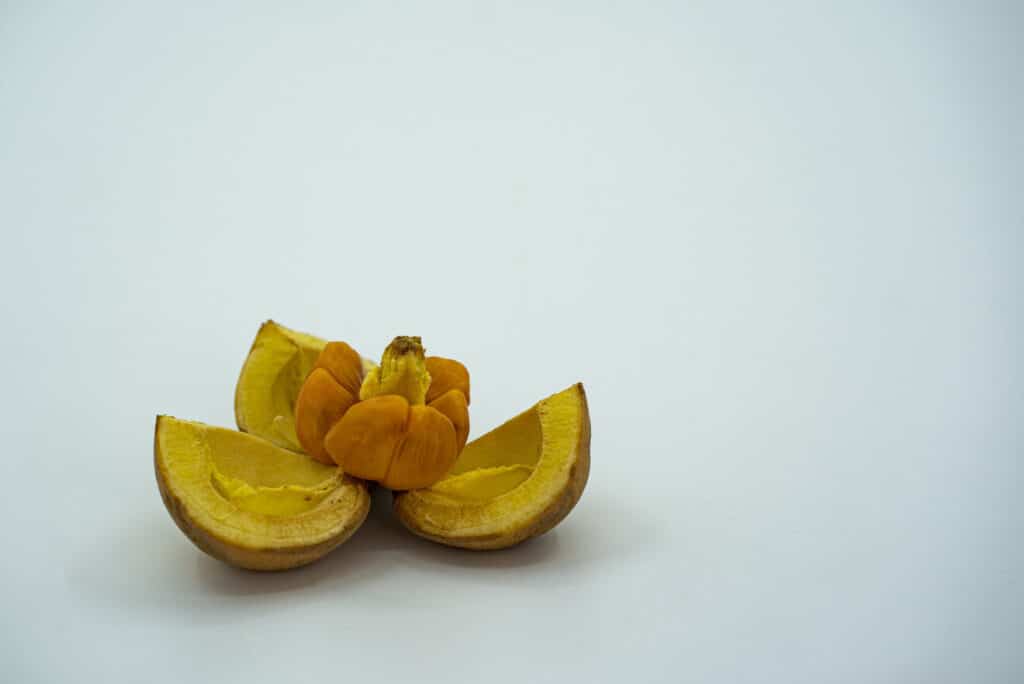
- Native to: Malaysia and Indonesia
- Appearance: Small, round, and yellow or orange skin with sweet, juicy, and slightly sour flesh.
- Taste: Sweet with a hint of acidity.
- How to Eat: Squeeze the flesh out and discard the seed.
Bael Fruit
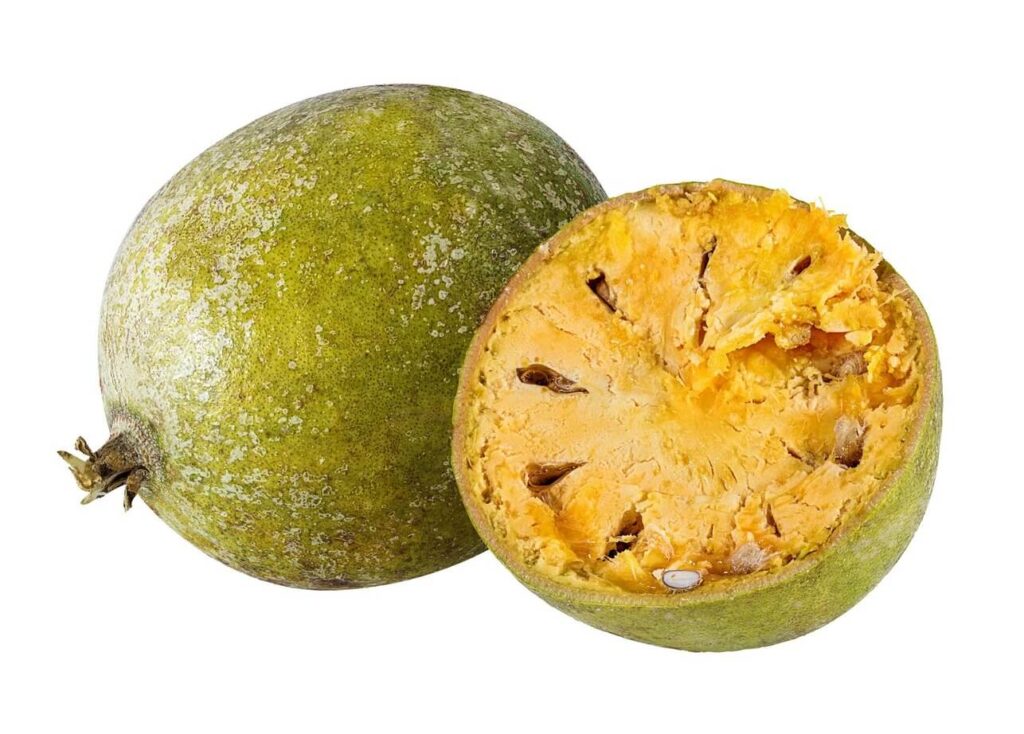
- Native to: India
- Appearance: Large, woody fruit with sweet, aromatic, and fibrous flesh.
- Taste: Sweet and fragrant, often used in beverages and desserts.
- How to Eat: Scoop out the flesh, discard the seeds, and use in recipes.
Pulasan
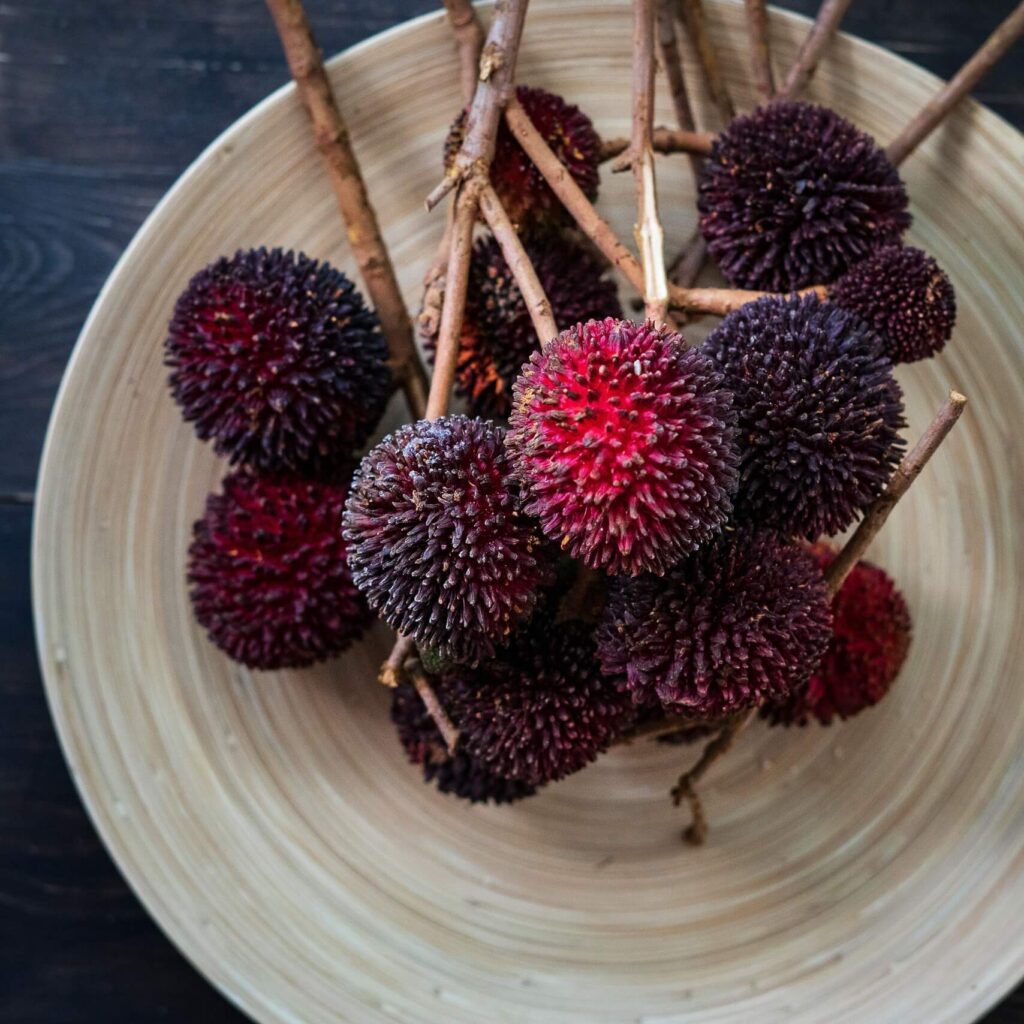
- Native to: Malaysia and Indonesia
- Appearance: Small, round, reddish-brown fruit with sweet, juicy, and translucent flesh.
- Taste: Sweet, similar to rambutan.
- How to Eat: Peel and eat the flesh, discarding the seed.
Durian
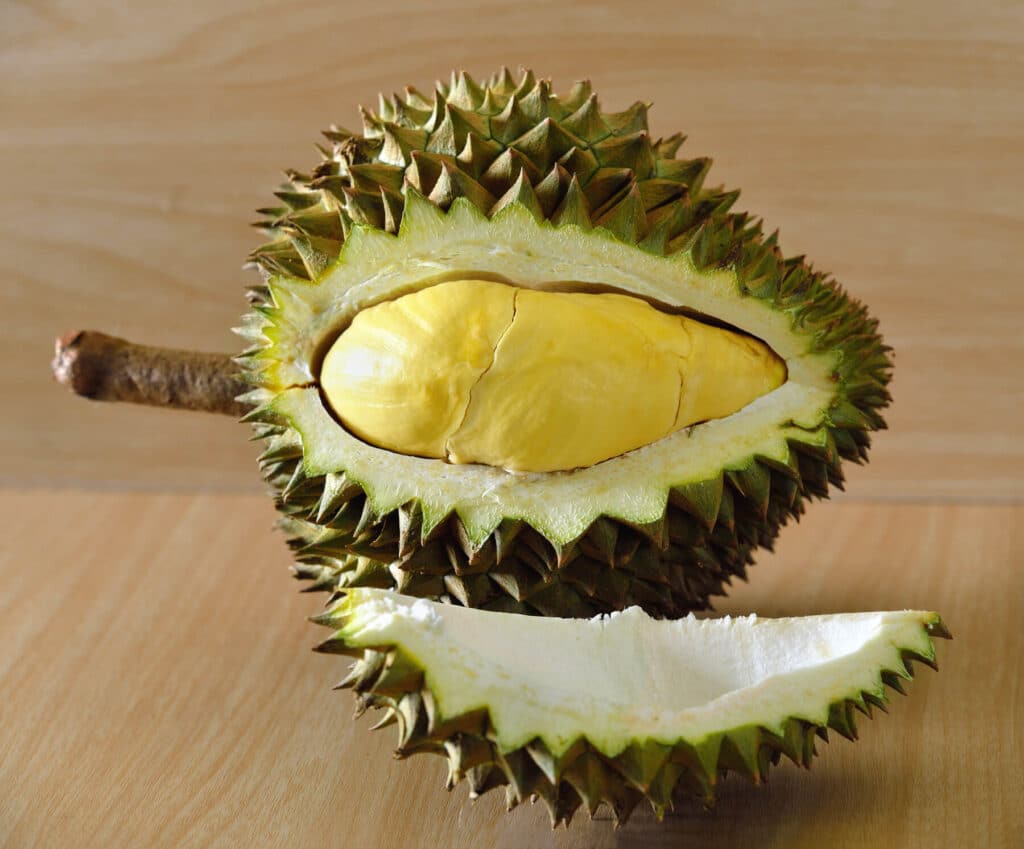
- Native to: Southeast Asia
- Appearance: Large, spiky, greenish-brown fruit with pale yellow or orange flesh.
- Taste: Sweet, creamy, and often described as a mix of custard and strong-smelling cheese.
- How to Eat: Carefully cut open the spiky rind and remove the segments of rich, custard-like flesh inside. Be prepared for the strong odor, which can be off-putting to some but beloved by others.
Wood Apple
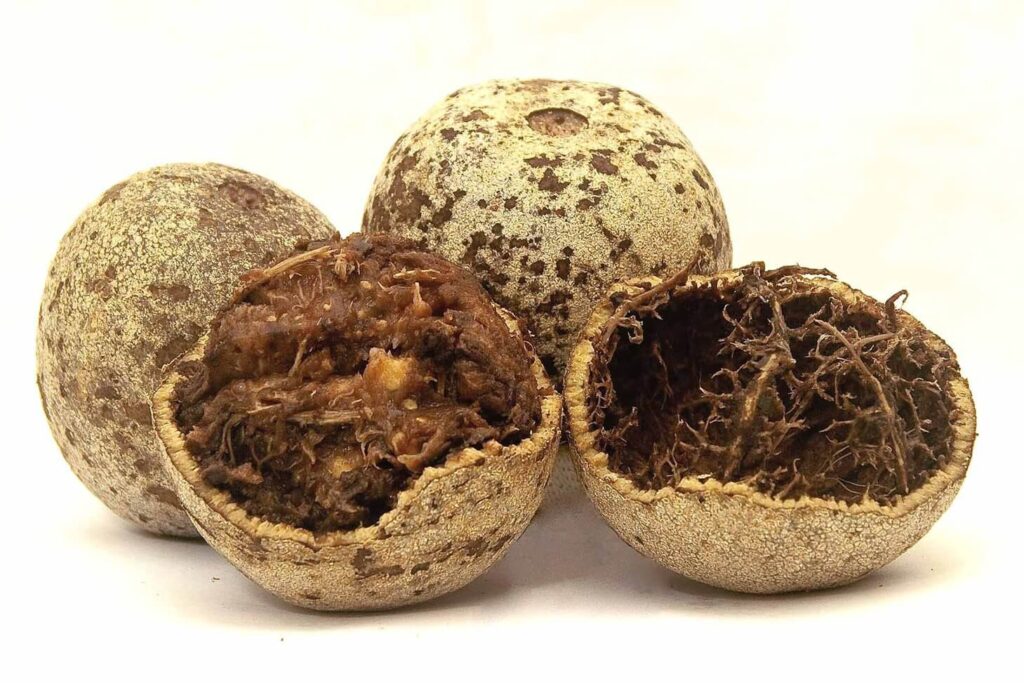
- Native to: India
- Appearance: Hard, woody fruit with aromatic, grainy, and sour flesh.
- Taste: Sweet and tangy, often used in drinks and chutneys.
- How to Eat: Crack open, scoop out the pulp, and use in recipes.

Tips to Stay Safe and Eat Mindfully
When exploring the delightful world of Asian exotic fruits, safety and mindful consumption are crucial. To make the most of your fruit-fueled adventure, follow these tips:
Eat Safe: What to Check When Buying Tropical Asian Fruits
- Fruit Selection: Choose Exotic Asian fruits that are free from visible bruises, mold, or other signs of decay.
- Firmness: Asian exotic fruits should have a firm texture, but shouldn’t be rock-hard. Avoid overly soft or mushy fruits.
- Color and Aroma: Look for vibrant, natural colors and a pleasant aroma, as these are often indicators of ripeness.
- Consistency: Opt for Tropical Asian fruits that have consistent textures throughout, without any irregularities or unexpected soft spots.
Which Exotic Asian Fruits Can Be Dangerous?
- Durian: Beware of durian, the “king of fruits.” While its custard-like flesh is a delicacy, its pungent odor can be overpowering, and it’s best to enjoy in moderation.
- Ackee: Ackee, a tropical fruit native to Jamaica and often found in Asian markets, should be fully ripe before consumption. Unripe ackee can contain toxic compounds.
- Starfruit: Starfruit, when eaten excessively, can be harmful for those with kidney issues, as it contains a natural neurotoxin.
What Are Some Common Allergies and Reactions?
- Latex-Fruit Syndrome: Some individuals with latex allergies may experience cross-reactivity with certain fruits like kiwi, banana, and avocado. Be cautious when eating Exotic Asian fruits if you have a latex allergy.
- Oral Allergy Syndrome: Certain Asian tropical fruits, like mangoes and lychees, may trigger mild oral itching or swelling in individuals with pollen allergies. It’s typically harmless and subsides quickly.
Why You Need To Be Mindful About Eating Too Much Exotic Fruits
- Digestive Upset: Overindulging in fibrous Asian fruits, such as rambutan or longan, can lead to digestive discomfort like bloating or diarrhea.
- Caloric Intake: Be mindful of calorie intake, especially with high-sugar fruits like jackfruit. Enjoy fruits from Asia in moderation to maintain a balanced diet.
Unexpected Reactions After Eating Asian Fruits: What to Do
- Rinse and Rest: If you experience itching or discomfort after consuming an exotic Asian fruit, rinse your mouth with water and rest. Most mild reactions subside on their own.
- Antihistamines: For more severe allergic reactions, like hives or difficulty breathing, seek medical attention and consider carrying antihistamines if you have known fruit allergies. Remember you can use the Air Doctor app to get 24/7 multi-lingual medical care – anywhere, anytime.
By staying informed and mindful while indulging in exotic Asian fruits, you can savor the journey without unexpected detours. Now, your adventure will be both delicious and safe.













